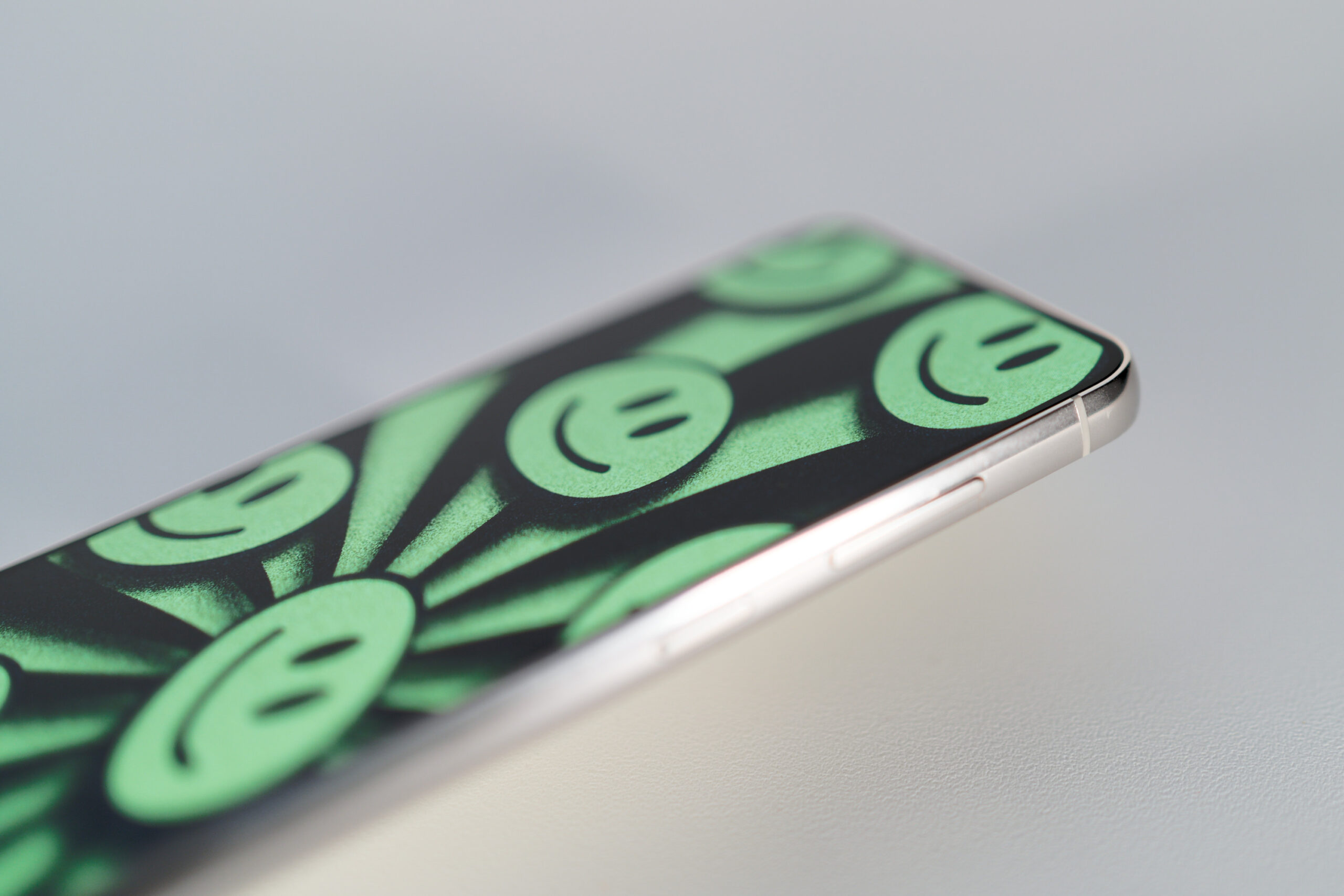Good news, the Galaxy S24 and S24+ will ship an LTPO screen, like the Galaxy S24 Ultra, and that’s not trivial.
Samsung has only just introduced its new folding-screen smartphones, the Galaxy Z Fold 5 and Galaxy Z Flip 5, and we’re already hearing about the brand’s next high-end devices, the Galaxy 24, expected for the start of the month. next year.
An LTPO panel for the whole series
As so often, it is the renowned leaker Ice Universe, very well informed with the production chains, which gives us the first elements as to the technical specifications of the future headliners of the world’s number 1 mobile phone in terms of sales.
According to him, the Galaxy S24 and S24 + will both be equipped with an AMOLED screen based on LTPO technology, a recent innovation on smartphones (it was already used on Apple Watch connected watches) which was until now reserved for Ultra models from the range, and which is also found for the panels of the iPhone 13 Pro and iPhone 14 Pro.
LTPO technology not only makes it possible to offer a refresh rate of up to 120 Hz, now a standard on premium terminals, but above all to make it adaptive.
A 1-120 Hz adaptive screen on the Galaxy S24 and S24+
The refresh rate of the Galaxy S23 Ultra varies between 1 and 120 Hz, while that of the Galaxy S23 and Galaxy S23+ is content with a variation between 48 and 120 Hz. For the next generation, the three references should benefit from the same characteristics than the S23 Ultra in this regard.
Depending on the content displayed on the screen, the refresh rate automatically adapts to provide the best experience. For example, it is useless to keep 120 Hz when watching a video displayed at 24 images per second, or when playing a video game at 30 or 60 images per second.
Likewise, the Always-on Display function only requires a frequency of 1 Hz to work, saving energy, and therefore having a smartphone with better autonomy.
Source : Ice Universe

2